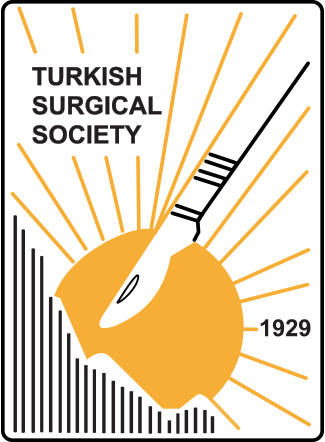Dear Editor,
I read with interest the article by Lodha et al. (1), “Comparative evaluation of P-POSSUM and national emergency laparotomy audit (NELA) scores in predicting 30-day mortality following emergency laparotomy: A prospective observational study”. This study contributes to an important discussion on perioperative risk stratification; however, several methodological limitations weaken its conclusions.
The authors state that NELA outperforms P-POSSUM in predicting 30-day mortality but do not perform statistical testing to compare area under the curve (AUC) values. Without formal comparison, such as DeLong’s test (2), it is unclear whether the difference is significant, limiting their ability to conclude that “the NELA score outperforms the P-POSSUM score”. Previous studies report higher AUCs for both scores (0.84 for NELA and 0.81 for P-POSSUM) (3), compared to 0.699 and 0.687 in this study. It remains uncertain whether this discrepancy reflects population differences or study design flaws.
The inclusion criteria also raise concerns. The study only included patients undergoing laparotomy via a midline incision of ≥5 cm, excluding laparoscopic and laparoscopically assisted procedures that meet NELA inclusion criteria (4). Furthermore, case distribution is broadly categorised as “perforation peritonitis”, “acute intestinal obstruction”, and “miscellaneous”, leaving uncertainty over whether inappropriate cases (e.g., open appendicectomy) were included while relevant ones (e.g., hernia repair with bowel resection) were excluded. Future studies should align with NELA criteria to ensure comparability with existing data.
Another limitation is the lack of adequate follow-up. Both NELA and P-POSSUM predict 30-day mortality, yet this study followed patients only until discharge. With a mean postoperative stay of 9.94 days, late mortalities may have been missed. While the reported 9.7% mortality rate aligns with existing data, the absence of structured follow-up raises concerns about validity. Future studies should actively follow patients for at least 30 days.
The study also reports significantly higher NELA and P-POSSUM scores in patients requiring intensive care unit (ICU) admission. However, given that these scores influence clinical decision-making and clinicians were not blinded, high scores themselves may have contributed to more ICU admissions rather than reflecting independent predictive accuracy. NELA guidelines recommend ICU admission for high-risk patients (≥5% predicted mortality) (4), meaning the study may be capturing appropriate use of NELA in clinical decision-making, rather than validating predictive performance.
Finally, the study overlooks newer, more accurate scoring models. The Hajibandeh index, ASA grade, Sarcopenia model has demonstrated superior discrimination, with an AUC of 0.96 for 30-day mortality (5). The omission of newer models is an important oversight, particularly given the increasing recognition of sarcopenia as a prognostic factor.
While the study supports NELA’s use, the lack of statistical comparisons, potential selection bias, incomplete follow-up and omission of newer models weaken its conclusions. Future research comparing risk stratification scores for emergency laparotomy should include formal statistical testing, adhere to standardised inclusion criteria, ensure adequate follow-up, and consider alternative scoring models to improve predictive accuracy.



